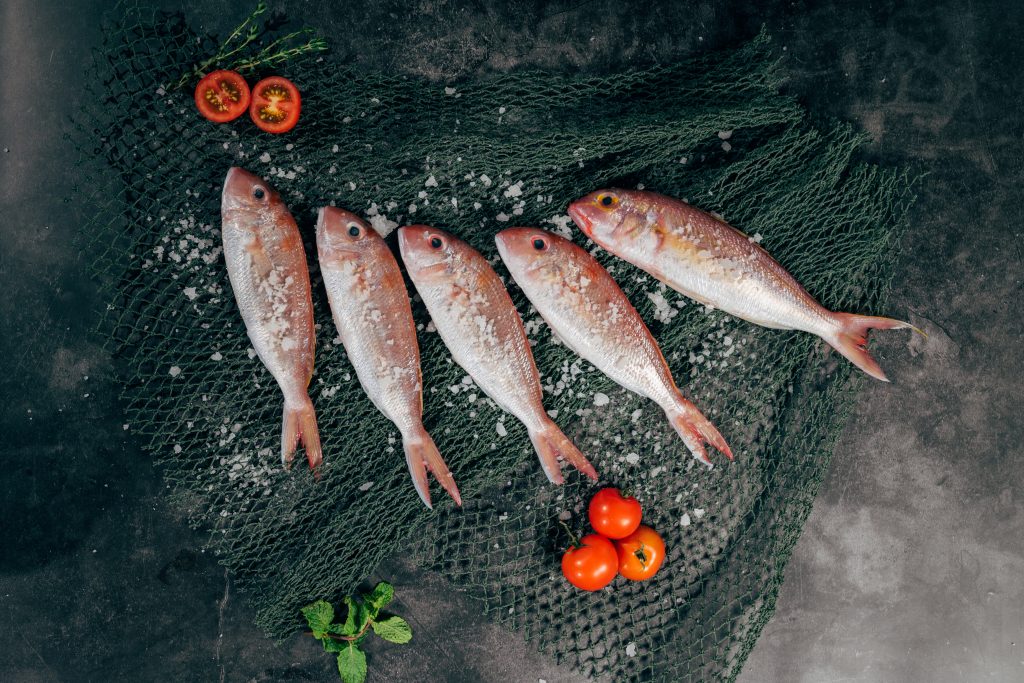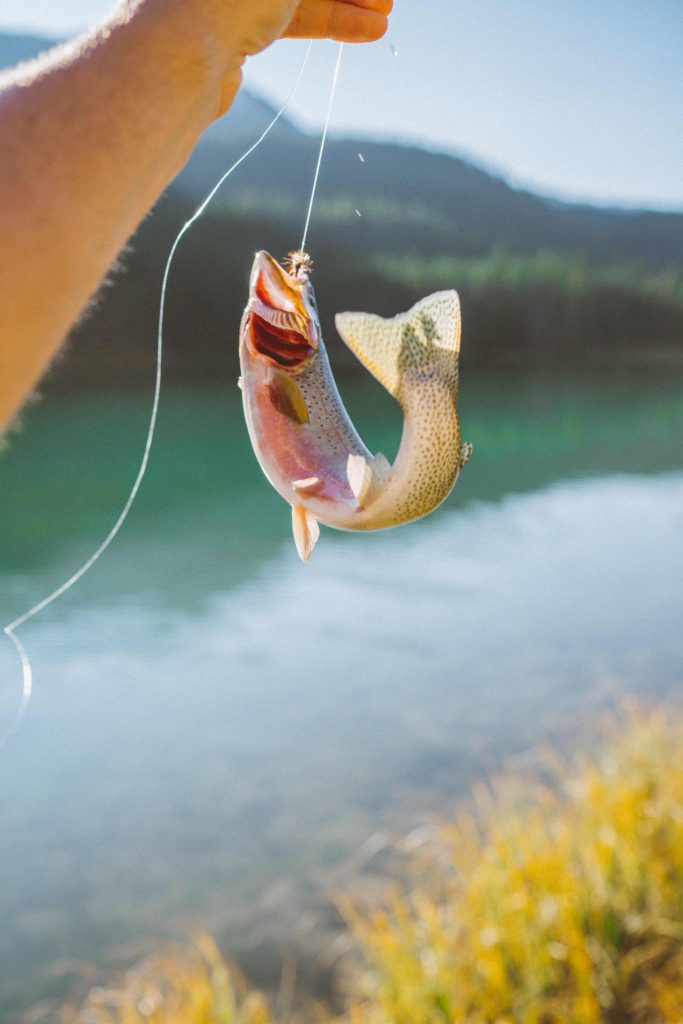This page has two sections. The first tells you how to get the desired texture with your fish jerky, and the second is a list of the types of fish that can be used to make jerky.
Desired Texture for Fish Jerky
If you are going to go through the process of making jerky from fish, it’s a good idea to follow some proper advice to make it the best jerky possible.
The desired texture for fish jerky can vary based on personal preference, but there are some general characteristics that people often aim for when making fish jerky.

- Chewy and Tender: Fish jerky should have a chewy texture but also be tender and not overly tough or leathery. Achieving the right balance between chewiness and tenderness is key.
- Easy to Tear: When you bite into a piece of fish jerky, it should offer some resistance but still be easy to tear apart. The jerky shouldn’t be so tough that it becomes difficult to bite through or overly stringy.
- Moisture Content: While fish jerky is meant to be dried, it’s crucial not to over-dehydrate it. The jerky should still retain some moisture to maintain a pleasant texture. Overly dry fish jerky can be brittle and less enjoyable to eat.
- Flavorful and Infused: The texture of fish jerky is complemented by the flavors infused during the marinating process. The jerky should have a well-balanced taste, whether it’s sweet, savory, spicy, or a combination of flavors.
- Consistent Drying: Achieving a uniform texture across all pieces is essential. Properly sliced and spaced pieces and consistent drying contribute to a uniform texture throughout the batch.
Tips for Achieving the Desired Texture:
- Slicing Thickness: Cut the fish into thin, uniform strips. Thinner slices tend to dehydrate more evenly and result in a better texture.
- Marinating Time: Allow the fish to marinate for an adequate amount of time. This not only imparts flavor but also helps tenderize the fish. Most recipes say to marinate for one to two hours. I like to marinate fish for two or more hours to really absorb the flavors.
- Even Drying: Whether using a dehydrator or an oven, ensure that the fish jerky dries evenly. Rotate trays if necessary and monitor the drying process to prevent over-dehydration.
- Testing for Doneness: Periodically check the jerky for doneness. An adequately dried piece should be firm and have a consistent texture throughout. It’s okay if it has a slight pliability when bent.
- Storage: After making fish jerky, store it in airtight containers or vacuum-sealed bags to maintain its texture. Exposure to air can affect the chewiness of the jerky over time.
For fattier fish like salmon, it may be wise to seal it in a bag or jar but still store it in the refrigerator.
Experiment with these factors to find the perfect texture that suits your taste preferences. The ideal fish jerky should offer a satisfying chew without being overly tough, and it should burst with the flavors imparted during the preparation process.
What Species of Fish Can Be Made Into Jerky?
Several types of fish are well-suited for making jerky due to their firm texture and flavor. When making fish jerky, it’s important to choose species with low oil content and consider the desired flavor profile. Here are some common types of fish used to make jerky:
- Salmon: Salmon is a popular choice for fish jerky due to its rich flavor and firm texture. It’s often marinated in a variety of seasonings before drying.
- Tuna: Tuna jerky has a meaty texture and a mild flavor. Yellowfin (aka Ahi) and albacore tuna are commonly used to make jerky.
- Snapper: Snapper is a firm, white-fleshed fish that can be seasoned and dried to make tasty jerky.
- Cod: Cod is a mild-flavored white fish that can be used to make jerky with a subtle taste. This is the most common fish used in Fish & Chips.
- Mahi-Mahi: Mahi-mahi has a firm texture and a slightly sweet flavor, making it a good candidate for jerky with fruity marinades.
- Trout: Trout jerky is often made from rainbow or brown trout. It has a delicate flavor and a softer texture compared to some other fish.
- Catfish: Catfish jerky has a distinctive taste and a flaky texture. It’s often marinated to enhance its flavor.
- Barramundi: Barramundi, also known as Asian sea bass, has a mild flavor and a flaky texture, making it suitable for jerky.
- Swordfish: Swordfish is a dense and meaty fish that can be used to make jerky with a hearty texture.
- Halibut: Halibut has a firm texture and a mild flavor, making it versatile for jerky recipes.
When making fish jerky, it’s essential to start with fresh, high-quality fish. Additionally, removing the skin and bones before slicing the fish into thin strips can improve the jerky’s texture. Marinating the fish in a flavorful mixture before drying helps enhance the overall taste.

The drying process for fish jerky is typically quicker than for beef or other meats. It’s crucial to monitor the jerky closely to prevent over-drying, as fish can become brittle if left in the dehydrator or oven for too long.
Experimenting with different marinades and seasonings allows you to create a variety of fish jerky flavors to suit your preferences. Whether you prefer a smoky, spicy, or teriyaki-infused profile, fish jerky offers a unique and delicious alternative to traditional meat-based jerky.
